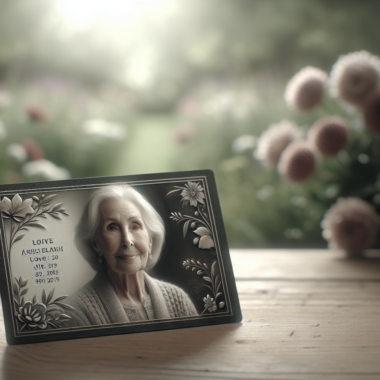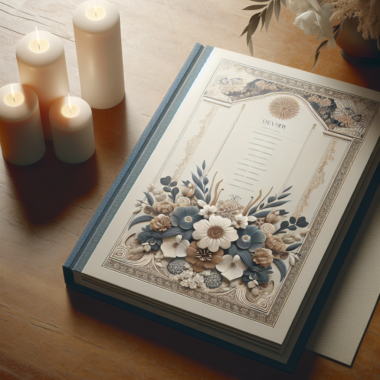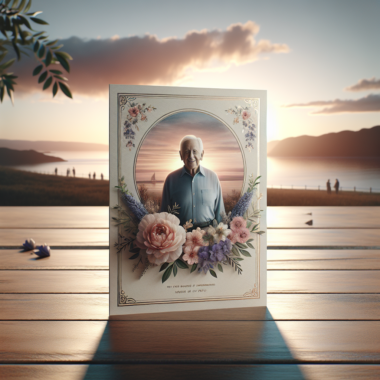Reflecting the Person’s Personality
This can be achieved through the use of colors, fonts, and imagery that are meaningful and representative of the person’s life and interests. For instance, if the person was known for their love of nature, incorporating natural elements such as flowers or landscapes into the design can help to convey this aspect of their personality.
Composition and Layout
In addition to visual elements, the layout and composition of the poster are also crucial considerations. The poster should be organized in a way that is easy to read and visually appealing, with a balance of text and imagery that tells the story of the person being honored.
Size and Format Considerations
It’s also important to consider the size and format of the poster, taking into account where it will be displayed and how it will be viewed by others. Whether it’s a large poster for a memorial service or a smaller print for the home, the design should be tailored to fit the intended purpose and audience.
Choosing the Right Photos for a Memorial Poster
Selecting the right photos for a memorial poster is a crucial step in capturing the essence of the person being honored. Photos are a powerful way to evoke memories and emotions, so it’s important to choose images that are meaningful and representative of the person’s life. When selecting photos, consider using a mix of candid shots and posed portraits to capture different aspects of the person’s personality.
Candid shots can show their natural expressions and interactions with others, while posed portraits can convey their presence and character. It’s also important to consider the quality of the photos when choosing images for a memorial poster. High-resolution images will ensure that the final poster is clear and visually appealing, while low-resolution images may appear pixelated or blurry when printed.
If possible, try to use original digital files or high-quality scans of printed photos to ensure the best results. Additionally, consider using a variety of photos from different stages of the person’s life to create a comprehensive visual narrative that reflects their journey and experiences. When choosing photos for a memorial poster, it’s important to involve family and friends in the selection process.
They may have access to additional photos or insights into which images best capture the essence of the person being honored. By involving others in this process, you can ensure that the final selection of photos is representative of the person’s life and meaningful to those who knew them best.
Adding Personal Touches to a Memorial Poster

Adding personal touches to a memorial poster can help to create a unique and meaningful tribute to the person being honored. One way to personalize the poster is by incorporating meaningful quotes, poems, or lyrics that were significant to the person’s life. These words can serve as a source of inspiration or comfort for those who view the poster, while also adding depth and meaning to the overall design.
Another way to add personal touches is by including memorabilia or mementos that were important to the person being honored. This could include items such as ticket stubs from concerts or events, artwork or crafts they created, or other personal belongings that hold sentimental value. By incorporating these items into the design of the poster, you can create a tangible connection to the person’s life and interests, allowing others to feel closer to them through these personal artifacts.
In addition to words and objects, consider incorporating symbolic imagery or motifs that hold special meaning for the person being honored. This could include symbols of their cultural heritage, religious beliefs, or hobbies and passions. By incorporating these elements into the design, you can create a visually rich and meaningful tribute that reflects the unique essence of the person being remembered.
Displaying and Sharing Memorial Posters
| Personal Touch | Impact |
|---|---|
| Adding Photos | Creates emotional connection |
| Handwritten Messages | Shows sincerity and thoughtfulness |
| Favorite Quotes | Reflects personality and values |
| Custom Artwork | Expresses individuality and creativity |
Once a memorial poster has been created, it’s important to consider how it will be displayed and shared with others. If the poster is intended for a memorial service or funeral, consider how it will be positioned in the space and how it will be viewed by attendees. The poster should be prominently displayed in a location where it can be easily seen and appreciated by those in attendance, serving as a focal point for remembrance and reflection.
In addition to physical display, consider how the poster can be shared with those who may not be able to attend in person. This could include taking photos of the poster and sharing them on social media or through email with friends and family members who are unable to be present. By sharing the poster digitally, you can extend its reach and allow others to participate in honoring and remembering the person being celebrated.
For posters intended for display in the home, consider where they will be placed and how they will be integrated into the existing decor. A memorial poster can serve as a lasting tribute in a prominent location such as a living room or entryway, allowing family members and visitors to see and appreciate it on a regular basis. By considering how the poster will be displayed and shared, you can ensure that it has a meaningful impact on those who view it.
Memorial Poster Etiquette and Considerations
Designing a Respectful Tribute
When designing a memorial poster, it’s essential to be mindful of how it may be perceived by others and ensure that it reflects the spirit and memory of the person being honored in a respectful manner. Avoid using images or language that may be controversial or divisive, instead focusing on creating a tribute that is inclusive and uplifting for all who view it.
Displaying Memorial Posters with Consideration
When displaying memorial posters at events or in public spaces, be mindful of how they may impact others who are grieving. Consider providing context or information about the person being honored alongside the poster, allowing others to understand its significance and meaning. Additionally, be open to feedback from family members or close friends who may have insights or preferences regarding how the poster is presented.
Considering Cultural and Religious Sensitivities
It’s also important to consider cultural or religious sensitivities when creating memorial posters. Different cultures and belief systems may have specific traditions or customs related to honoring and remembering those who have passed away. By being mindful of these considerations, you can ensure that the poster is respectful and appropriate within its cultural context.
Creating a Lasting Tribute with Memorial Posters
In conclusion, memorial posters play a crucial role in honoring and remembering loved ones who have passed away. They serve as a visual tribute that captures the essence of the person being celebrated, providing comfort and support for those who are grieving while keeping their memory alive for future generations. By carefully designing a poster with meaningful photos, personal touches, and thoughtful consideration for display and sharing, you can create a lasting tribute that honors the life and legacy of your loved one.
Whether displayed at a memorial service, funeral, or in the home, memorial posters serve as a tangible reminder of the impact that our loved ones have had on our lives. By approaching the creation and display of these posters with sensitivity, respect, and consideration for others’ feelings, we can ensure that they serve as a source of comfort and healing for all who view them. In this way, memorial posters become not only a visual tribute but also a lasting legacy that honors our loved ones for years to come.
If you are looking for more information on funeral etiquette, check out this article for helpful tips and guidelines on how to navigate the sensitive and emotional time surrounding a loved one’s passing. It’s important to be mindful of the customs and traditions that may be observed during a funeral or memorial service.
 Free Shipping Over $50
Free Shipping Over $50  888-432-8363
888-432-8363


 Obituary/Programs
Obituary/Programs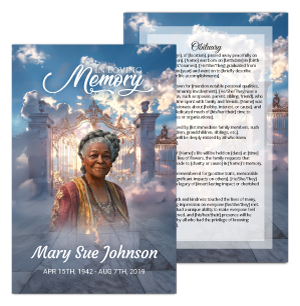 No-Fold Memorial Programs
No-Fold Memorial Programs 4 Page Funeral Programs
4 Page Funeral Programs 8 Page Memorial Programs
8 Page Memorial Programs 12 Page Funeral Programs
12 Page Funeral Programs 16 Page Funeral Programs
16 Page Funeral Programs 20 Page Funeral Programs
20 Page Funeral Programs Tri-Fold Funeral Programs
Tri-Fold Funeral Programs Complete Memorial Packages
Complete Memorial Packages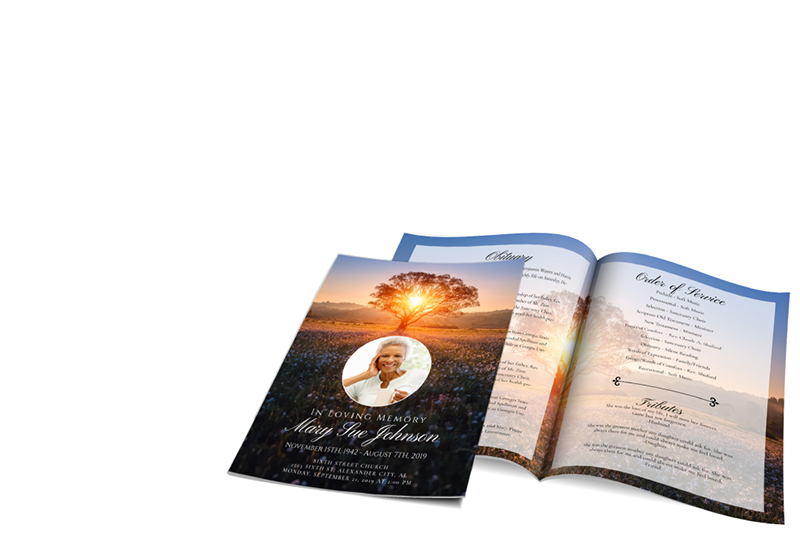
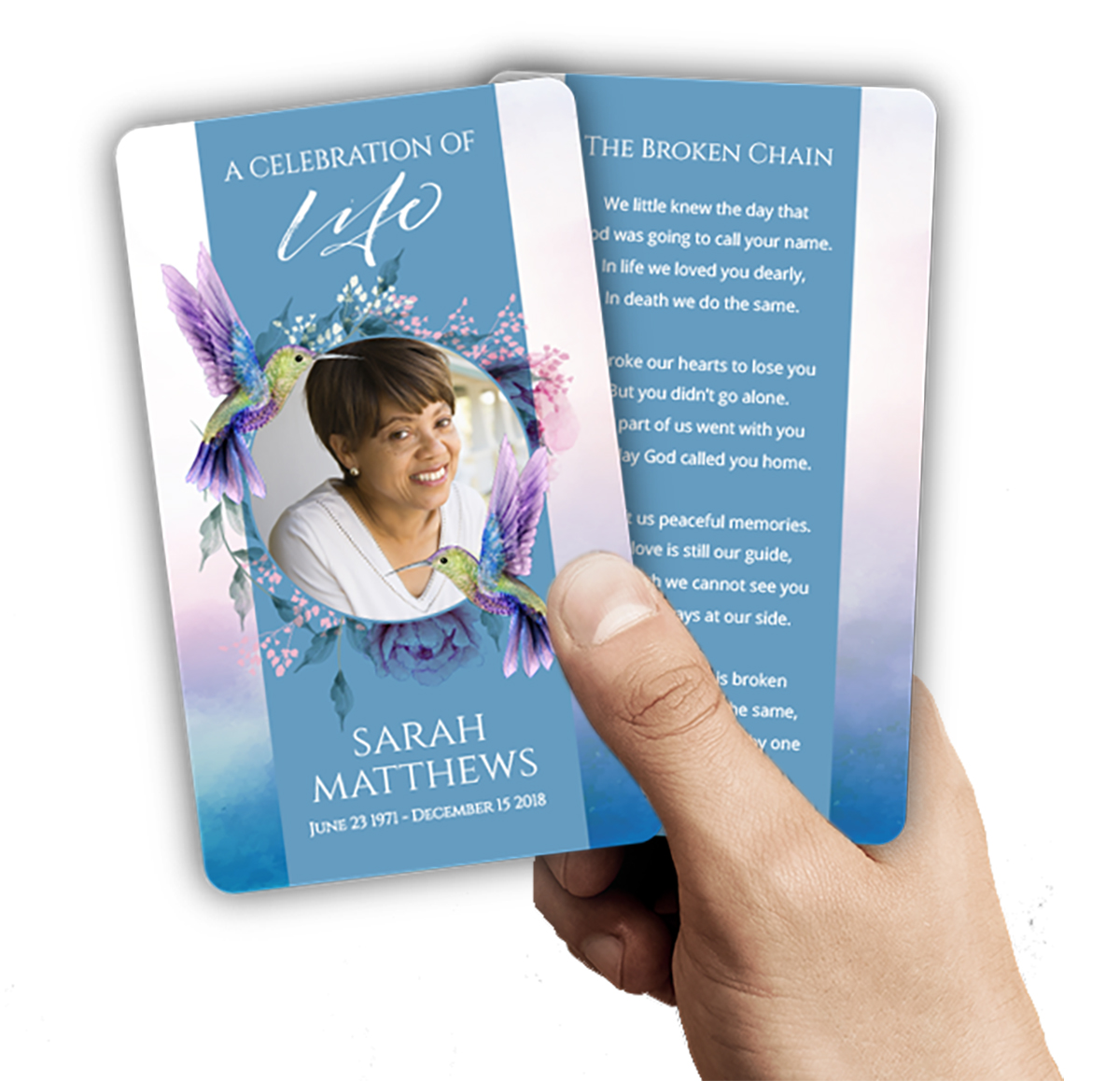 Cards & Bookmarks
Cards & Bookmarks Saint Prayer Cards
Saint Prayer Cards Folded Memorial Cards
Folded Memorial Cards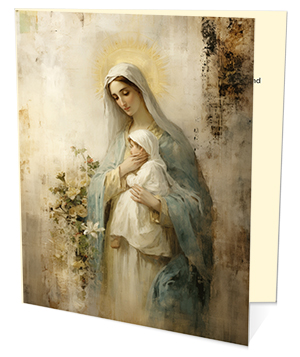 Folded Holy Cards
Folded Holy Cards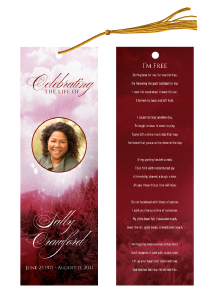 Memorial Bookmarks
Memorial Bookmarks Thank You Cards
Thank You Cards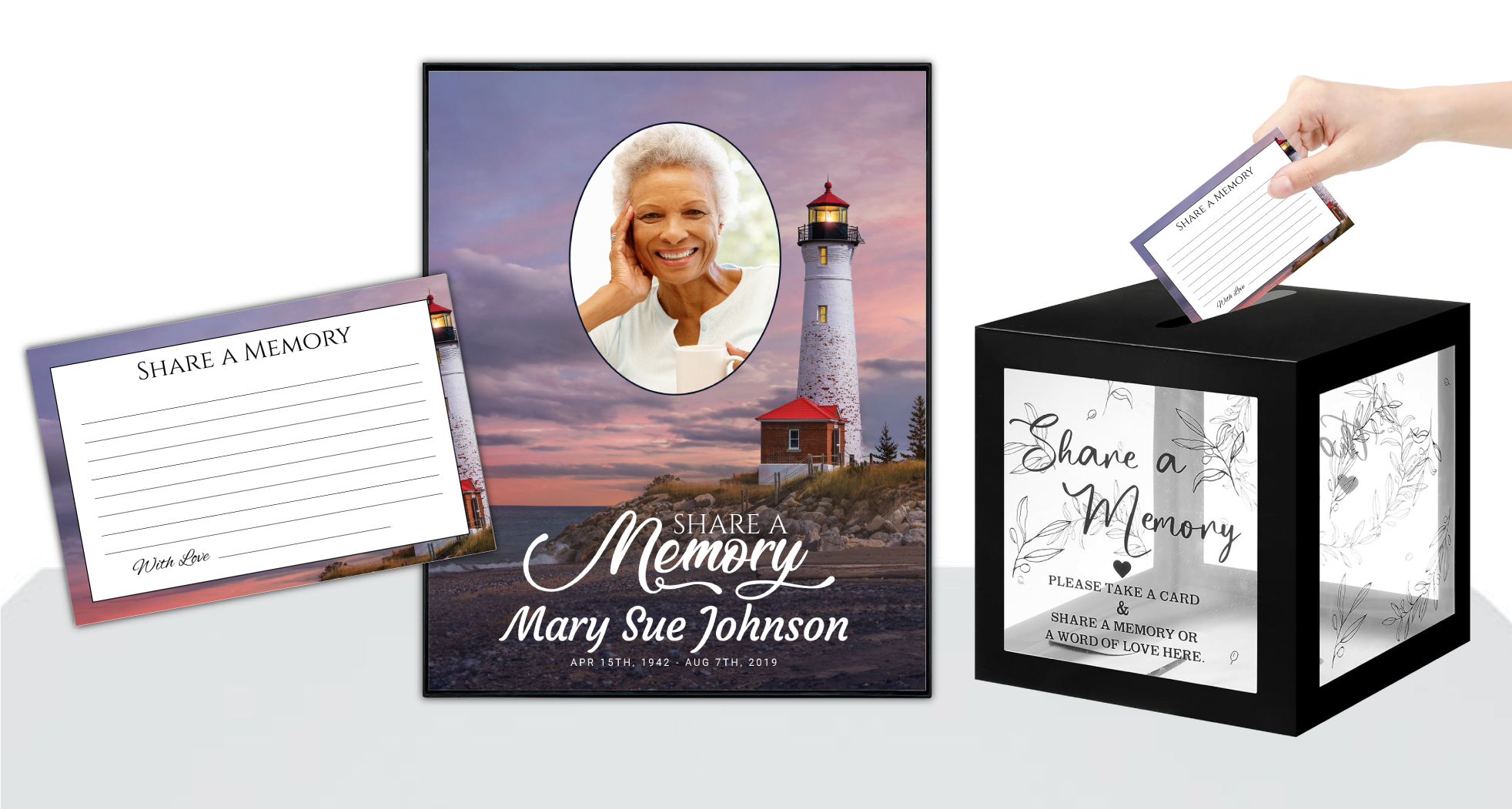 Share-A-Memory Cards
Share-A-Memory Cards Memorial Magnets
Memorial Magnets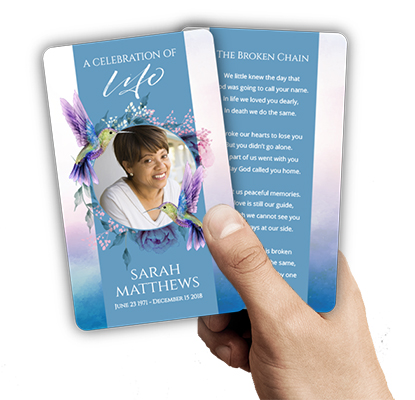
 Memorial Posters
Memorial Posters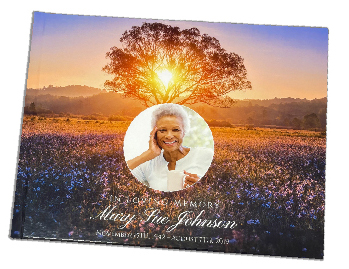 Guest Books
Guest Books Slide Shows
Slide Shows Memorial Fans
Memorial Fans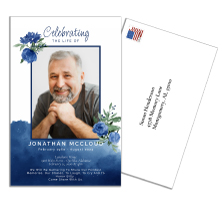 Death Announcements
Death Announcements Take Away Keepsakes
Take Away Keepsakes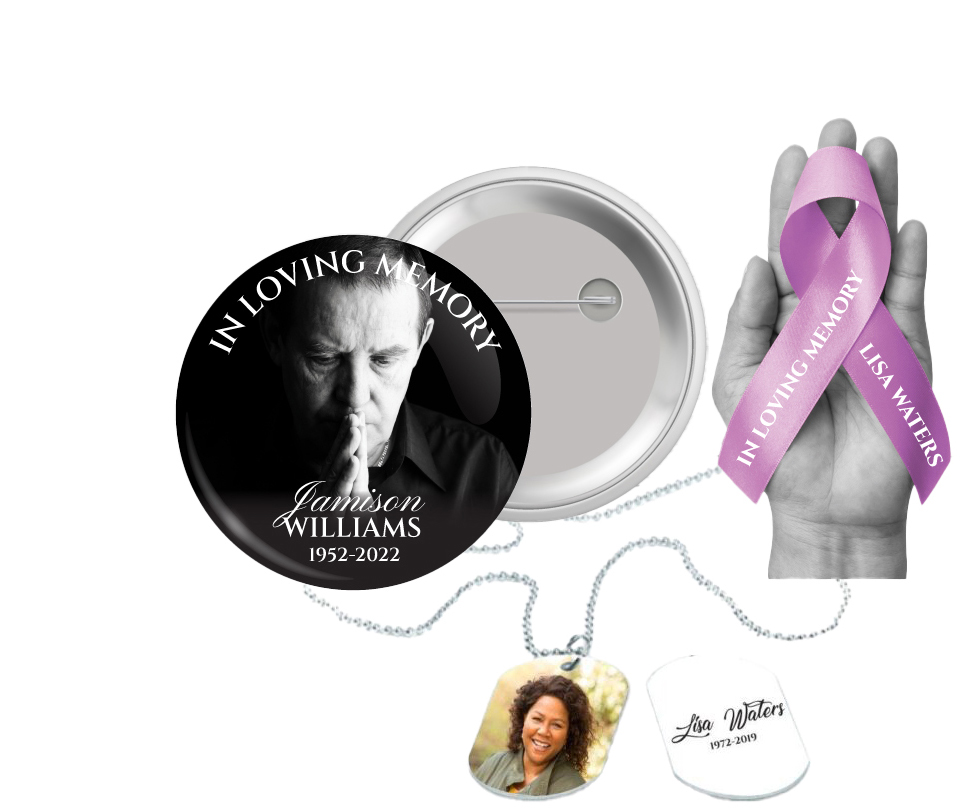
 Church Products
Church Products



